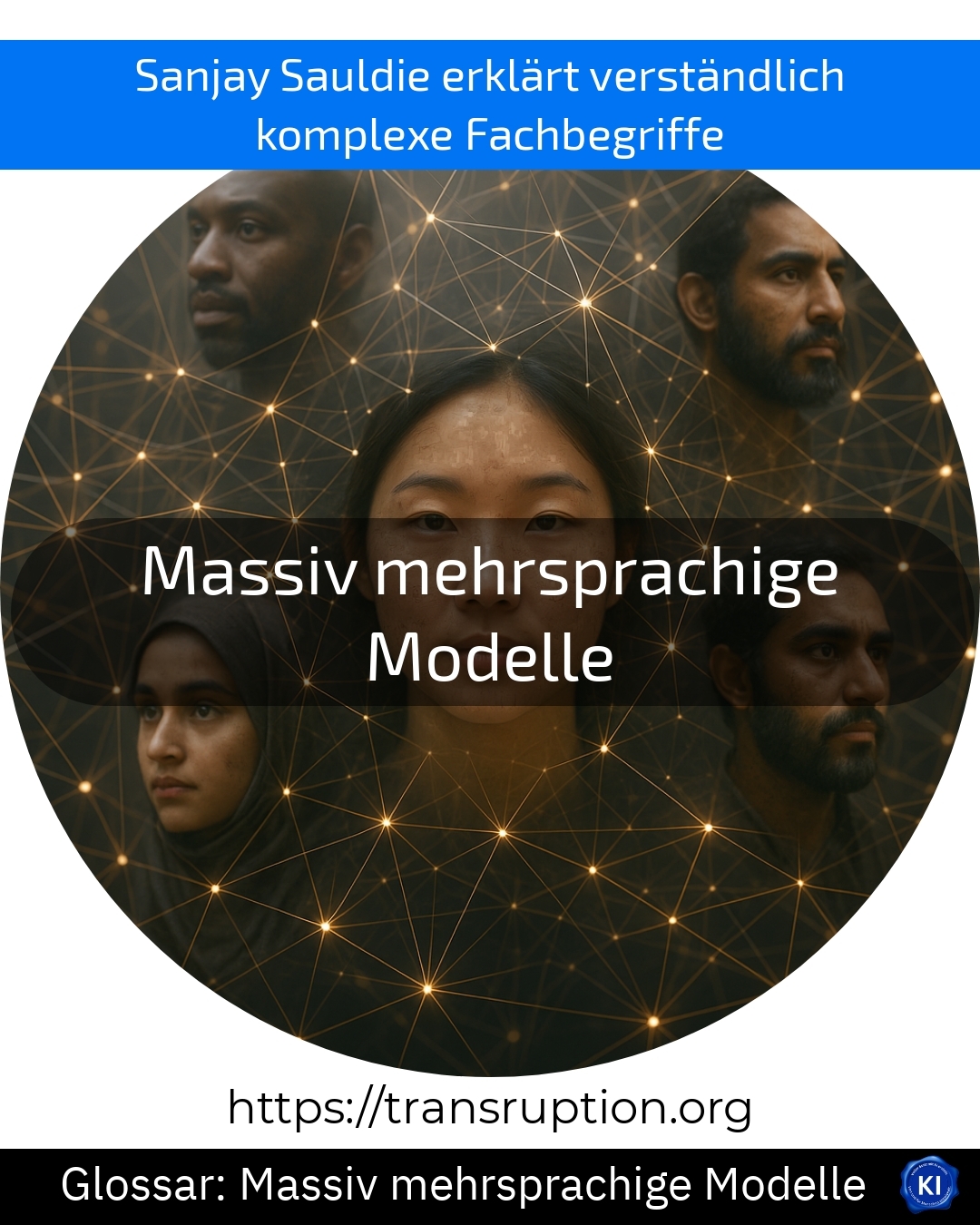Massively multilingual models are a term used in the fields of artificial intelligence, digital transformation, big data and smart data. They describe artificial intelligence systems that are able to understand and process many different languages simultaneously. While previous AI models often only supported one or a few languages, massively multilingual models can handle dozens or even hundreds of languages.
This is a major improvement for companies: for example, a chatbot on a global website can automatically understand and respond not only in German, but also in English, Spanish, Chinese or Arabic thanks to this technology. The texts do not have to be translated manually beforehand because the model recognises the different languages directly.
This makes international communication easier, faster and cheaper. It also helps with data analysis, as no language is left out of analyses. An illustrative example is the AI-based customer support of an online shop: A customer from Brazil writes in Portuguese, another from France in French. Both receive understandable answers immediately, even though the same tool is being used in the background.
Massively multilingual models thus play a central role in digitalisation worldwide.















